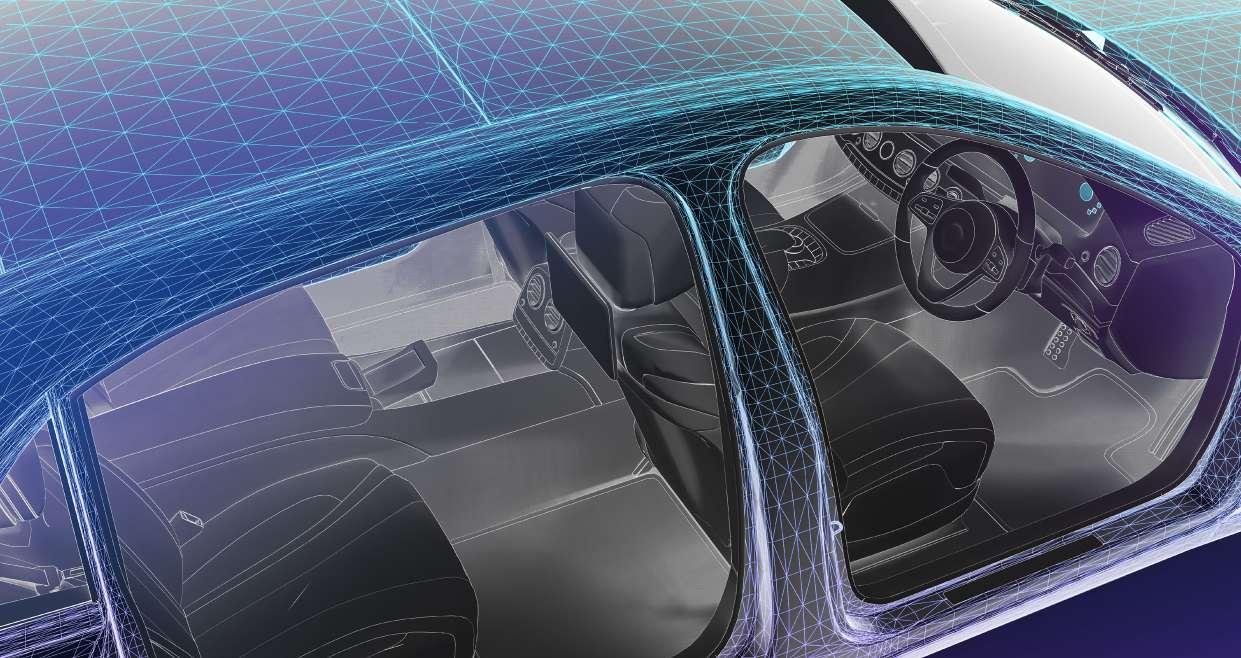
1 minute read
OEMs and suppliers must adjust to constantly evolving regulatory requirements
Tightening global regulations — particularly in the areas of safety, cybersecurity and CO2 reduction — are forcing automakers to re-architect their vehicles. Many of these regulations are evolving, but at different speeds and with different restrictions in different jurisdictions. As a result, the complexity of today’s vehicles is increasing at an accelerating pace, coupled with uncertainty about what exactly is needed when and where. Moreover, none of these aspects can be addressed in isolation — a system-level transformation is required.
Take cybersecurity, for example: If there was very limited remote access to vehicles, all would be well. But, the desire for more SW content brings risks which are being addressed by new regulations for Cyber-Security Management Systems (CSMS) and Software Update Management Systems (SUMS). Remote access can penetrate much deeper into the vehicle – at this point, nothing can be securely patched up as an afterthought. A modernized vehicle architecture is required considering cybersecurity from scratch, and it needs to be software-defined to be adaptable to the evolution of requirements in different regions and to deal with other uncertainties (including novel types of attacks for example).
Beyond evolving regulations, OEMs and suppliers want the ability to quickly respond to emerging technologies, changing customer expectations and new, faster market entrants eating into the money pie. Consequently, companies need to carefully consider the benefits of SDV transformation, analyze associated risks, and derive measured strategies that avoid over-reacting on one hand, but (more importantly) avoid underestimating the challenge or doing too little, too late. Let’s take a closer look.




